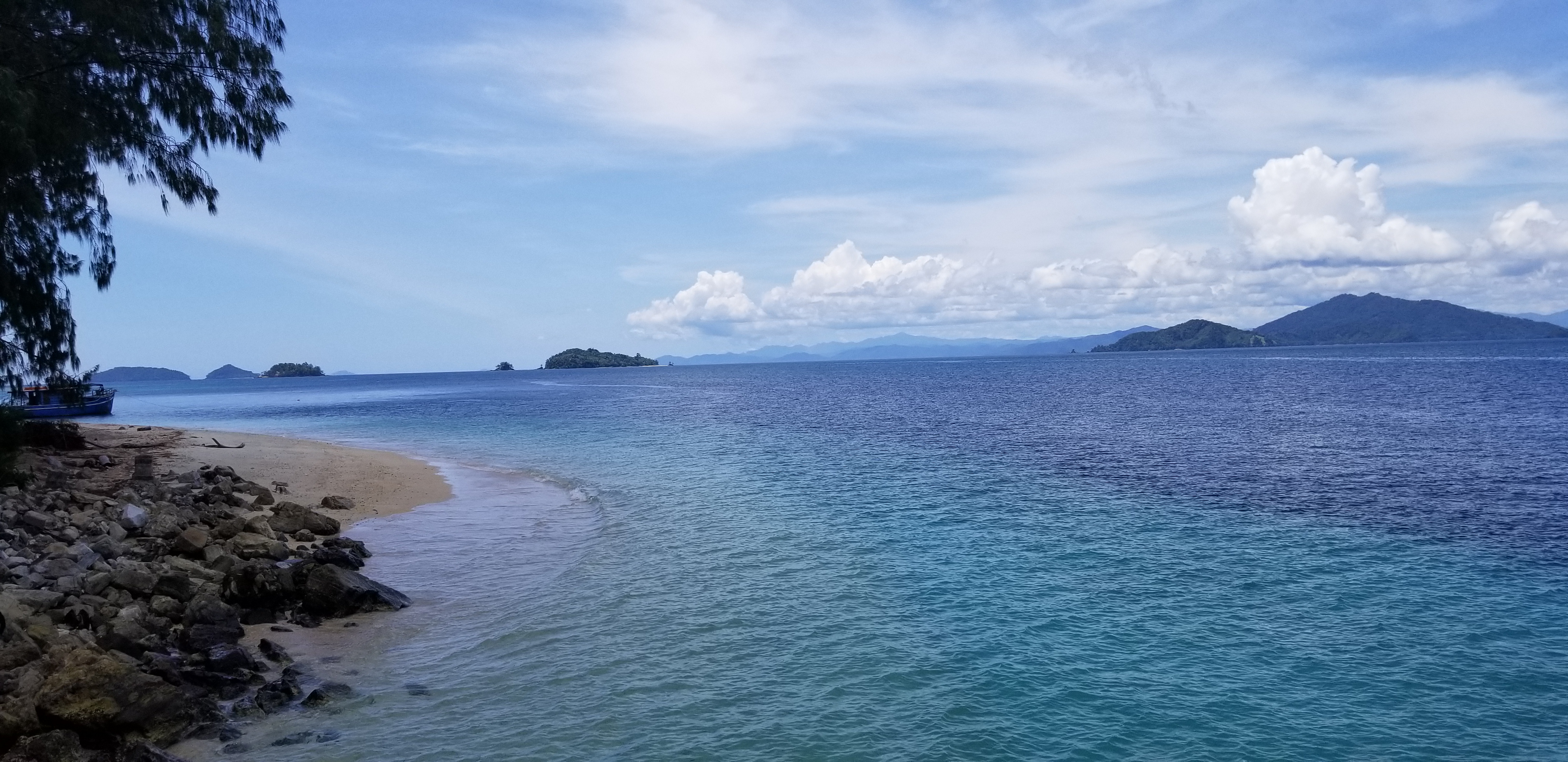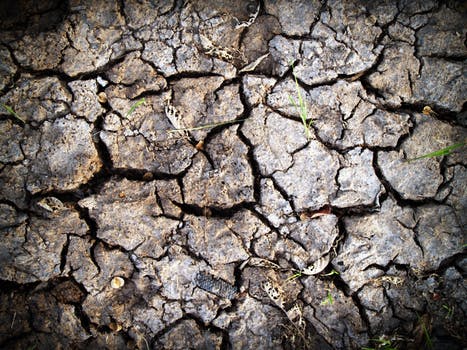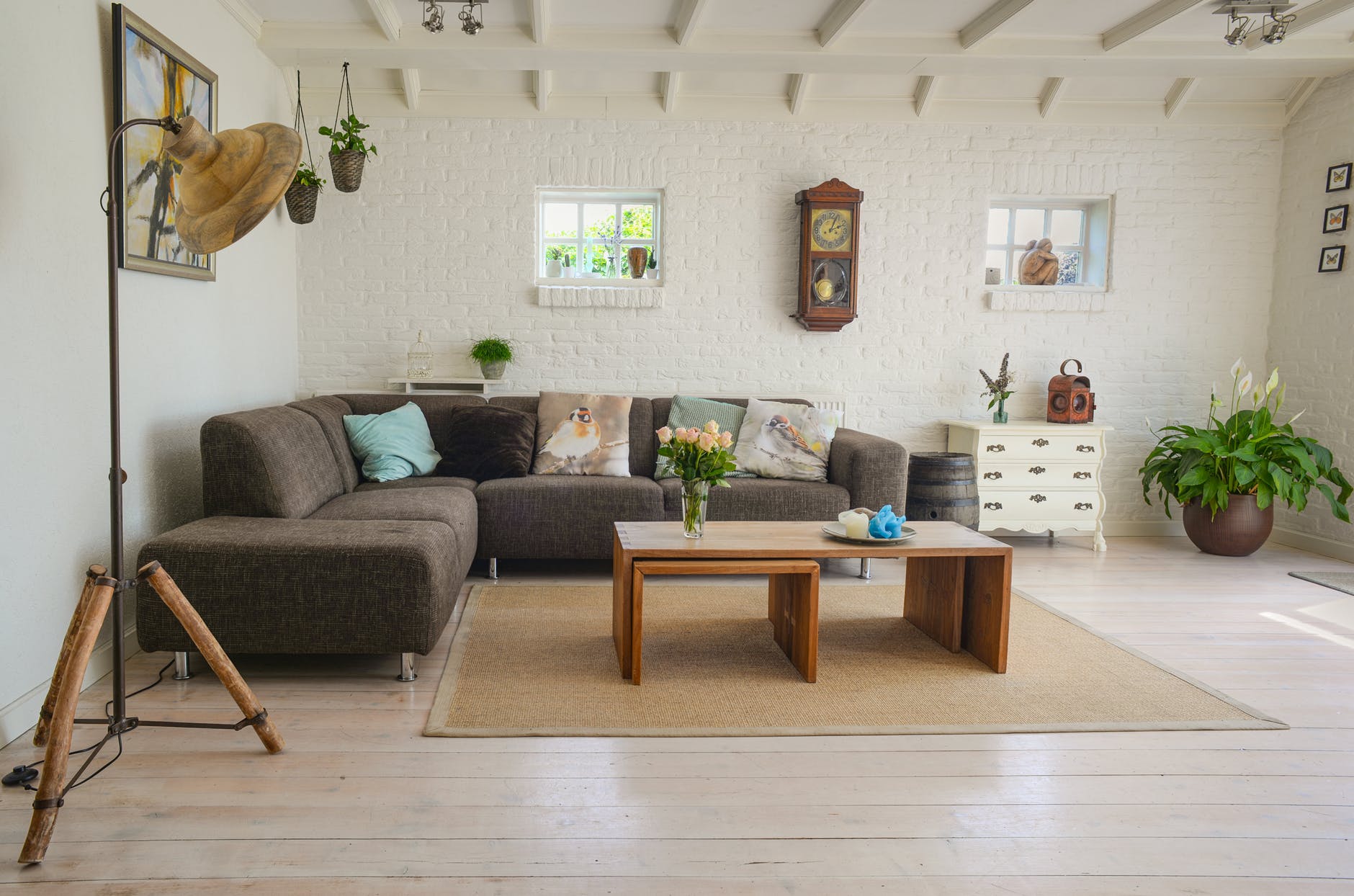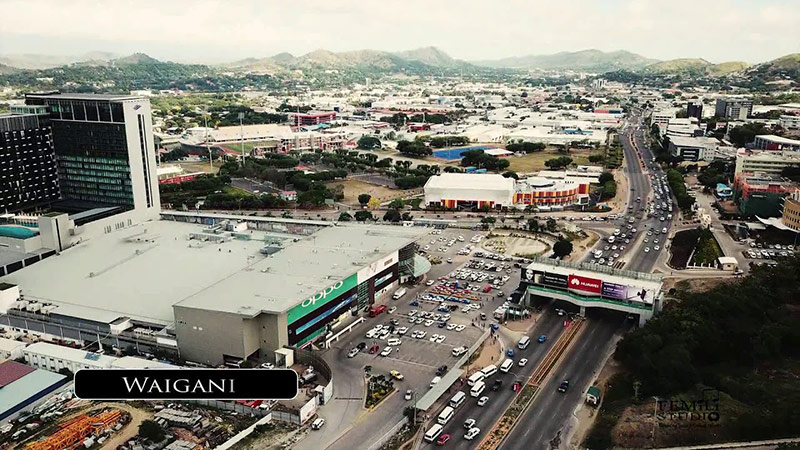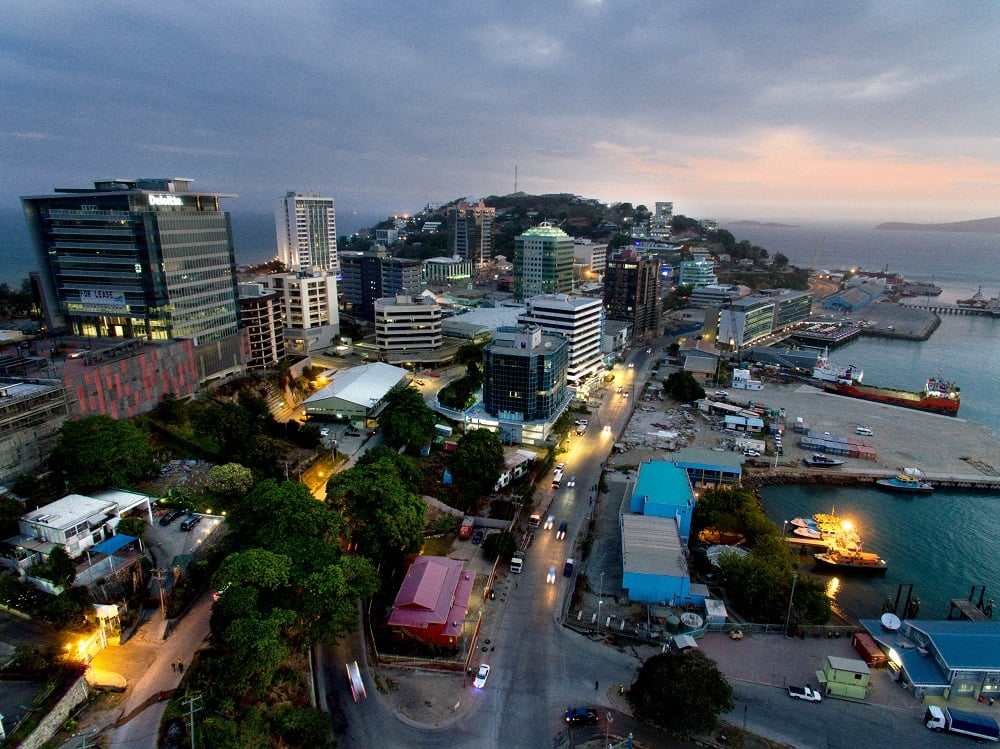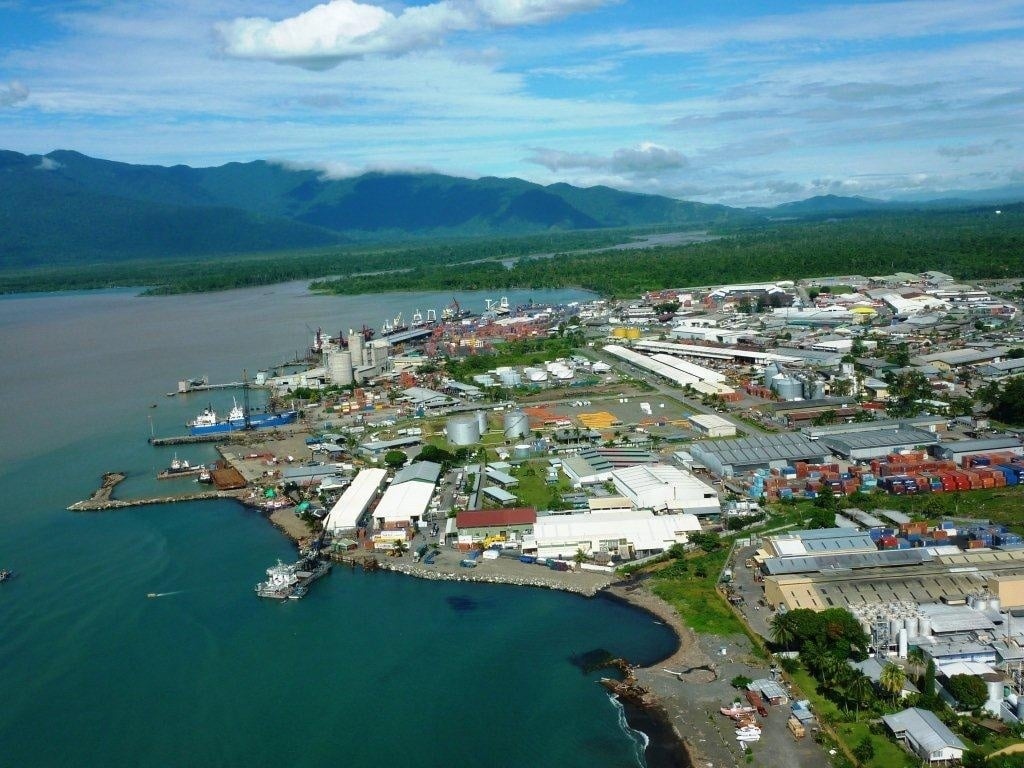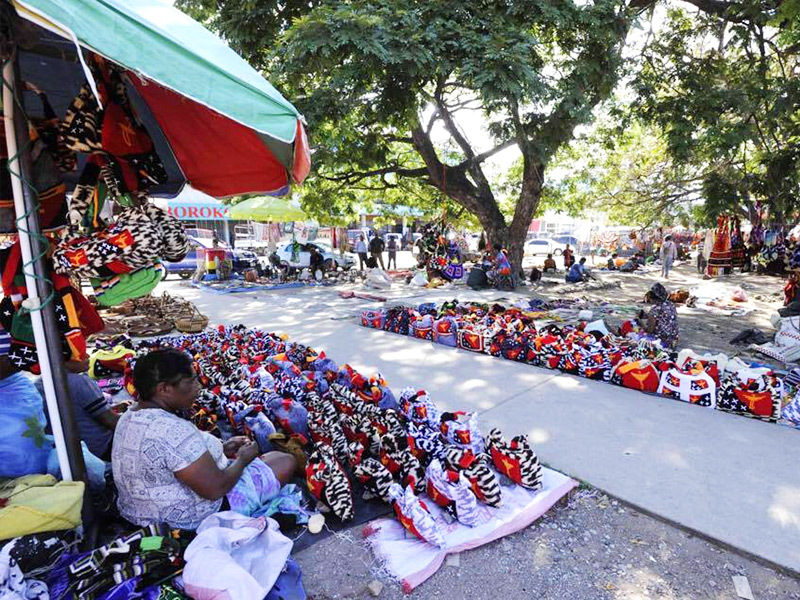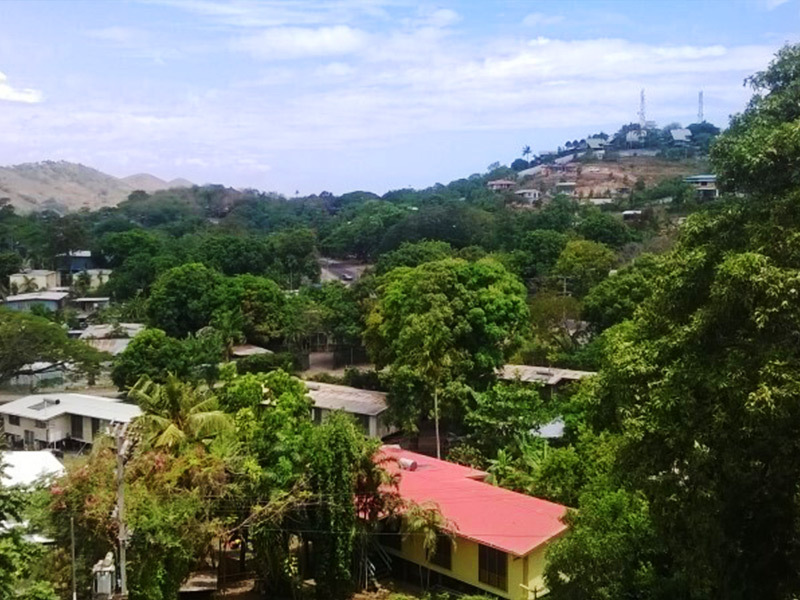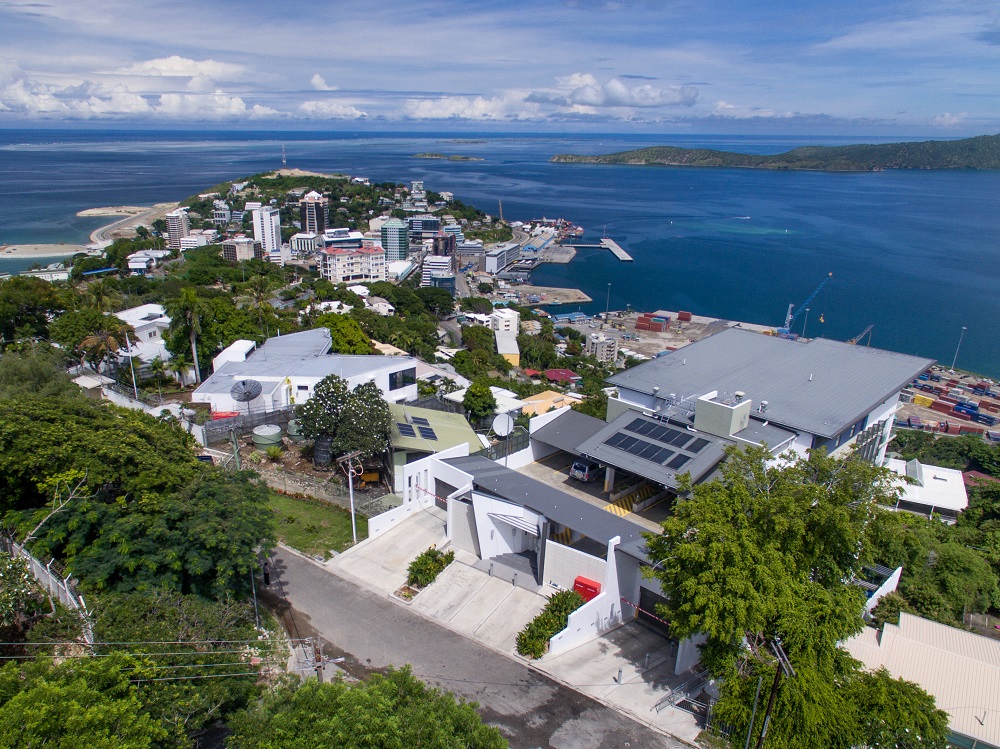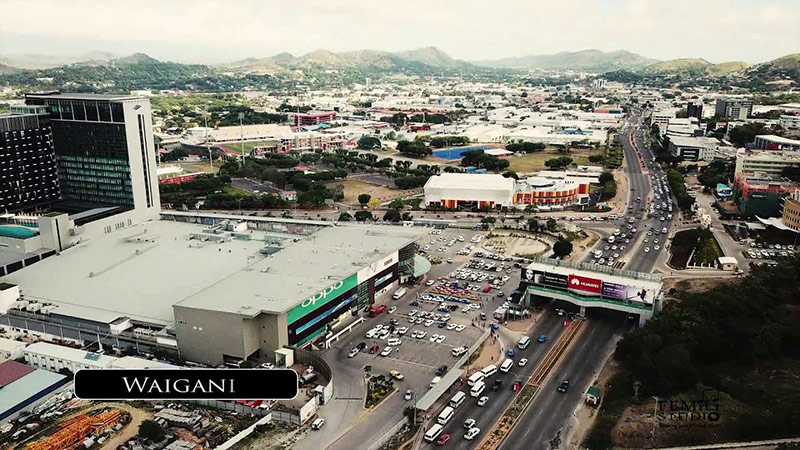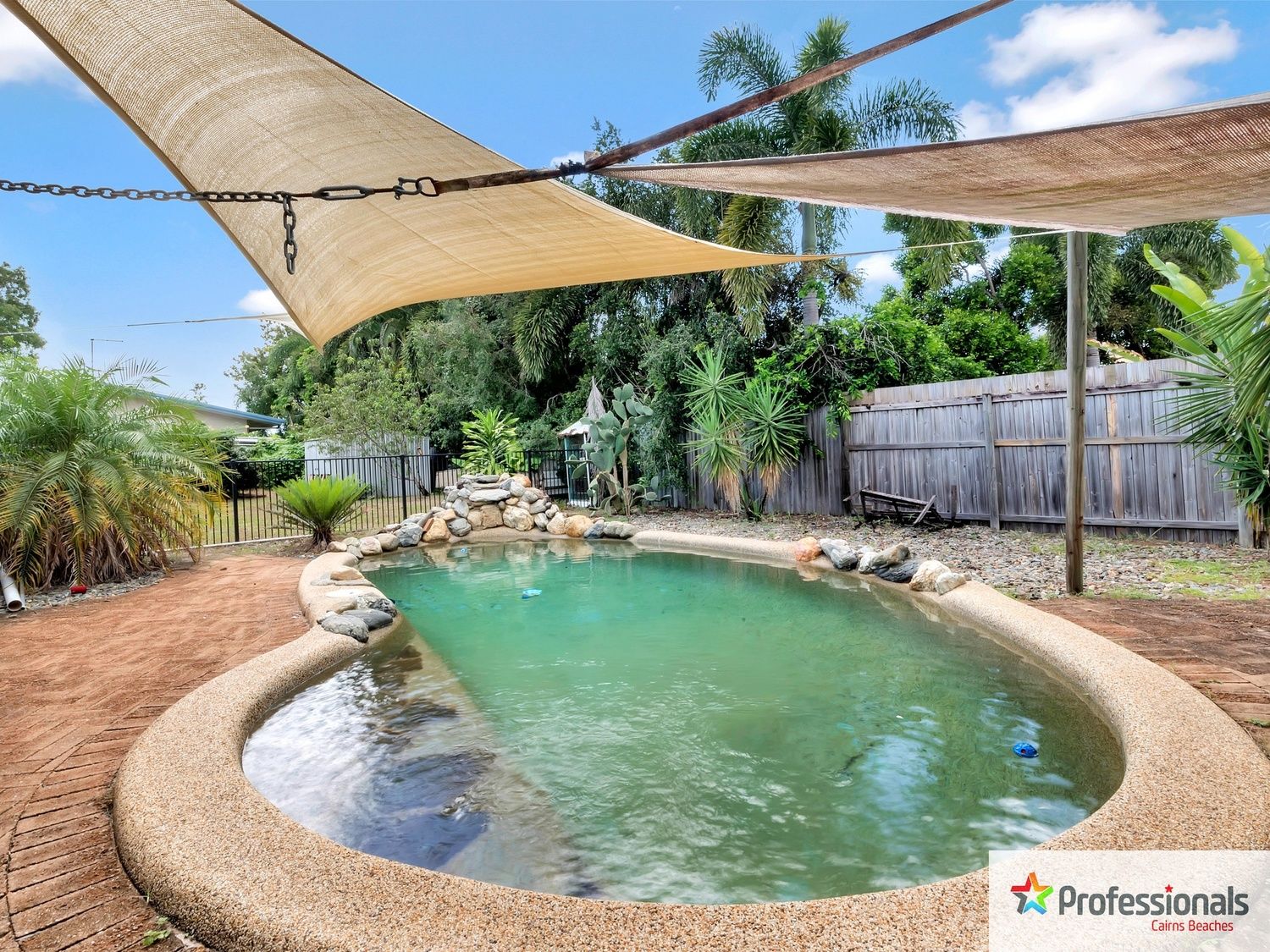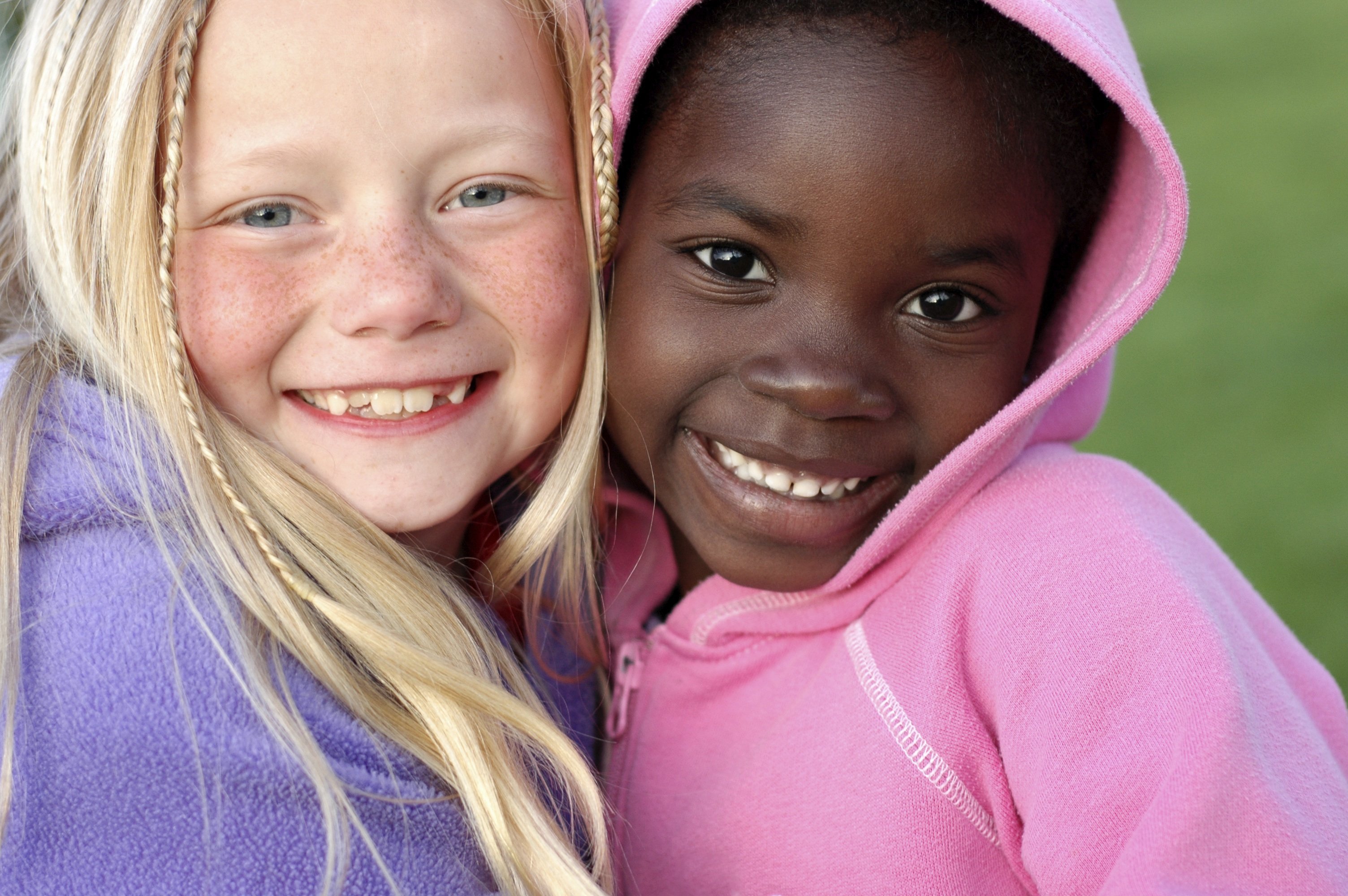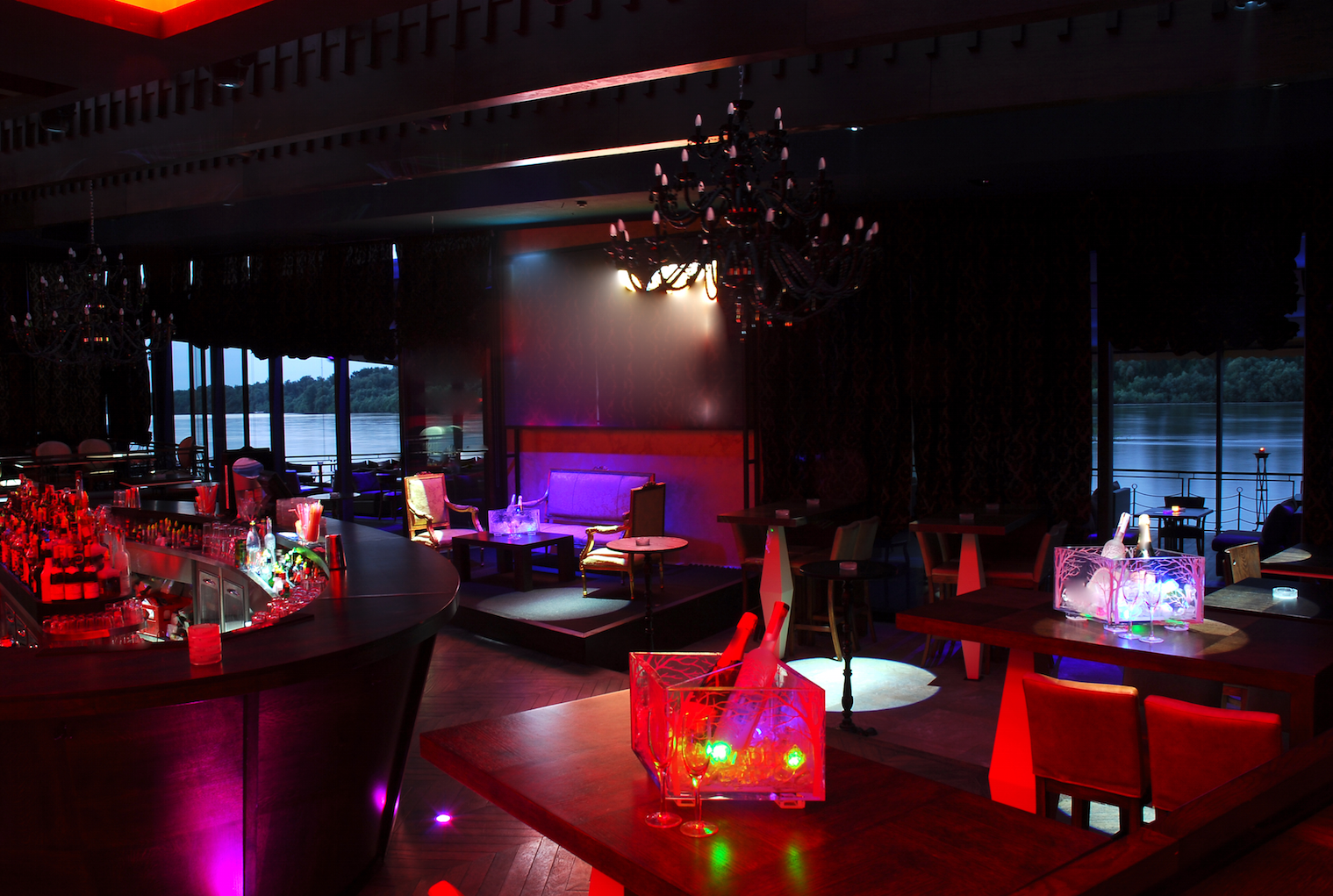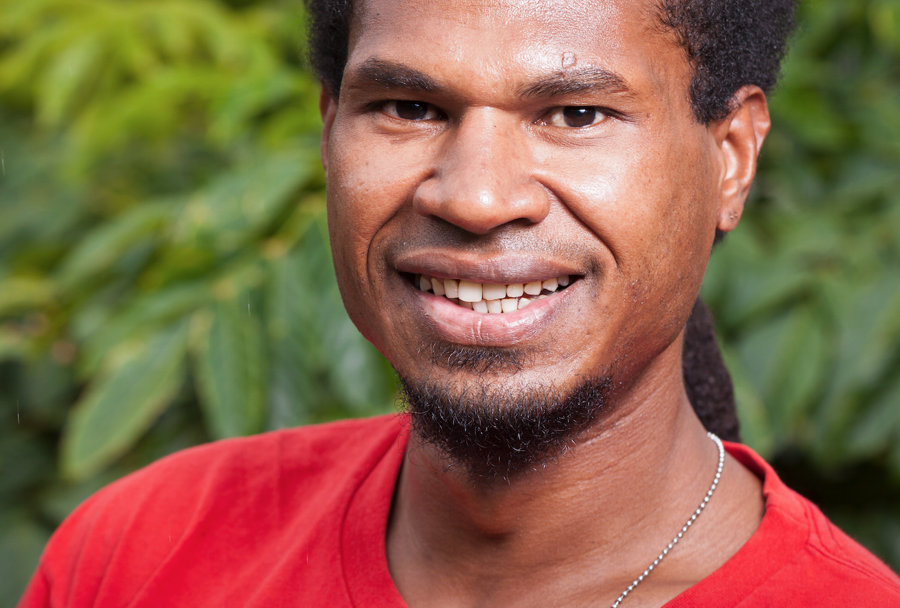Leisure, Entertainment, Sport and Shopping in PNG
Restaurants and Bars (In no particular order) Harbourside Precinct (Alibi’s, Enzo’s, Duffy’s, Spices, Daikoku etc.)Location: Along the Stanley Esplanade Harbourside East, Downtown Port Moresby, Port Moresby 121 Papua New GuineaWebsite: www.facebook.com/harboursideprecinctPhone: +675 313 7900Operating Hours: Monday to Sunday – 11am to 10pmHarbourside East and West are on Fairfax Harbour in downtown Port Moresby. The decking sits over the water’s edge providing a pleasant open-air experience. There are a great range of quality dining areas with Alibi Bar and Grill (Western cuisine), Asia Aromas (Thai and Chinese Cuisine), Daikoku (Japanese Steak house), Tandoor on the Harbour (Indian), Duffy Café (Western Cuisine), and Enzo’s Express Takeaway (steak, pizza and takeaway). It is also an excellent place to catch up with friends, with live music in a laid-back environment. Car parking is available with 24/7 security. Port TerraceLocation: Port Terrace Restaurant & Bar, C/O Crowne Plaza Residences, Lot 24, Section 8, MacGregor Street, Port Moresby, Papua New GuineaWebsite: www.portrestaurant.com.pg Phone: +675 308 3130Operating Hours: Monday to Sunday - 6:30am to 10pmLocated next to the Deloitte building downtown, this restaurant and bar is the newest addition to the Port Moresby CBD scene. Port Terrace has a range of meals to choose from for breakfast, lunch or dinner. For breakfast, you can’t go past the eggs benedict or the pancakes. With the early opening time, it’s also a great place to grab a morning coffee before heading out for the day. The lunch and dinner menus offer a wide variety with a good selection of fresh seafood, steaks and vegetarian-friendly options. If you are looking to hang out with friends and enjoy a few drinks, the Port Bar has a great selection to choose from, and the night lights from the Port Terrace are simply amazing. There is ample parking with security. Airways (Baccus, Poolside, 7-C’s, Deli etc)Location: Jackson Intl Airport, Jacksons Parade, 7 Mile, Boroko, Port Moresby 111Website: www.airways.com.pg Phone: +675 324 5200General Operating Hours: 6am to 11pm DailyAirways Hotel and Residences is an oasis of understated luxury and one of the most unique airport boutique hotels in the world. It is nestled into the mountainside in its own botanical gardens, with stunning views from the crystal clear waters of Bootless Bay to the majestic mountains of the Owen Stanley Ranges, just 2 minutes from Jacksons International Airport.Residents and guests have a range of exciting dining options: the Vue Restaurant and Lounge Bar (buffet and a la carte), Deli KC (Italian cucina dining style), Seven C’s coffee shop, Bacchus Restaurant (one of the premier dining experiences in Port Moresby), and Havanaba Bar (adjacent to Bacchus Restaurant and specializes in fine wine and whiskeys). The Hilton HotelLocation: Wards Road, Hohola, Port Moresby, 121, Papua New GuineaWebsite:www.hilton.com/en/hotels/pomsmhi-hilton-port-moresby Phone: +675 7501 8000General Operating Hours: 6am to 11pm DailyThe Hilton at Hohola provides some excellent restaurants and bars, including the Copper and Summit Bars, and Mumu restaurant. The Copper Bar, located in the lobby, has a relaxed vibe with comfy lounge chairs. The Summit bar, located on the top floor, provides scenic views of the cityscape and mountain ranges surrounding the Hilton. Summit specialises in serving premium whiskey, designer cocktails, international beers, wines and spirits. The unique Mumu restaurant serves the ‘Mumu’, a traditional dish in PNG; it includes wrapping food items in a parcel, cooking them with hot stones, and then sharing the food with family and friends. The Mumu restaurant has a pleasant open-air atmosphere with outdoor and private dining options available. Car parking with 24/7 security is provided. The Stanley Hotel and SuitesLocation: Lot 8 and 9 Section 515, Sir John Guise Drive, WaiganI NCD, Port Moresby 121Website: www.thestanleypng.com Phone: +675 302 8888General Operating Hours: 6am to 10pm DailyThe Stanley Hotel and Suites offer a range of fine-dining experiences. Located right next to Vision City, you can find café’s, bars, lounges, and restaurants conveniently within the same location. The Rainforest Café, situated right next to the lobby, serves café meals with a range of coffees and fresh fruit juices. Green Haus is an elegant dining venue with a high-end buffet and an excellent à la carte menu of western dishes. Also, on the ground floor, you can find the Monsoon bar with great cocktails and a small food menu. The Stanley Hotel also boasts premium options with their Executive Club lounge, the Silver Leaf restaurant and the Mezz bar, all found on level 19. Silver Leaf offers an à la carte fine-dining menu that can be enjoyed with a stunning city view. The Mezz bar has a classy, elegant atmosphere, and it’s a great place to enjoy premium wines and cocktails. The Executive Club Lounge caters to guests staying on executive floors, private members, and hotel suite guests; it provides complimentary additional services and facilities, including breakfast, evening beverages, and canapés. Car parking with 24/7 security is provided. The Lamana HotelLocation: 1 Famagusta Road, Waigani, NCD, Papua New GuineaWebsite: www.lamanahotel.com.pgPhone: +675 323 2333 or +675 7373 0600General Operating Hours: 6am to 10pm DailyThe Lamana Hotel offers a selection of diverse dining experiences to suit many tastes, from their Café Palazzo, to The Italian (authentic Italian food), Rios at the Temple (Brazilian churrasco), and Spices Restaurant (Indian). If you want to experience Port Moresby nightlife, The Gold Club at Lamana is the most prominent nightlife venue in PNG, with big screen TV’s, pool tables, karaoke and DJs spinning decks until early in the morning. Car parking with 24/7 security is provided. Dream InnLocation: Cnr Toliman Cres and Waigani Drive Waigani, Port Moresby 121 Papua New GuineaWebsite: www.facebook.com/www.dreaminn.com.pg Phone: +675 325 3600Operating Hours: Monday to Sunday - 6.30am to 9pmDream Inn Luxury Apartments host the Big Boi Burger Bar. Serving everything from excellent hamburgers to a Sunday roast and big screens to watch sports, this is the perfect spot for a night out with family or friends. Car parking with 24/7 security is provided. Duffy CaféLocation: Gabaka Street, Gordons, Port Moresby, PNG Website:www.duffypng.comPhone: +675 325 8528Operating Hours: Monday to Saturday: 8am - 4pm, Sunday - Closed Duffy Café, locals simply call it ‘Duffy’s’, is a hotspot for Port Moresby coffee lovers who enjoy Duffy’s range of excellent fresh roasted beans. Their menu has a mixt of cuisines, including vegetarian-friendly meals. Duffy prides themselves on their traditional bread making, and their range of delicious cakes, pastries, bread and sweets are made in-house. Seating is available in the air-conditioned restaurant area, or you can enjoy the closed off decking/garden space outside furnished with lounge chairs and hanging pot plants. Securing a car parking space can be challenging in busy periods; however, the location is well-secured. Vision City (Various restaurants and bars)Location: Lot 7, 8 and 9, Section 429, 131 National Capital District, Waigani Dr, Port MoresbyWebsite: www.visioncitypng.comContact: Phone: +675 302 8555Operating Hours: Monday to Sunday - 9am to 10pmVision City is PNGs largest shopping mall and hosts a great range of restaurants, cafés and bakeries, as well as a diverse food court.Quality steaks are available at Hog’s Breath Cafe, or enjoy classic Chinese cuisine at Dynasty’s Restaurant for full sit-down meals. There are several Asian restaurants available, including King Hot Pot, Korean Garden, Hosi Ramen, and Happy Dumpling. Cuppa also serves excellent coffee and offers both full meals and sandwiches. Food Junction is an integrated eatery with various cuisines at affordable prices, catering for local, Asian and Western tastes.Fast food outlets include Big Rooster, Burger House, Shakers, and Yellow Captain for pizza. Bon Café serves good coffee, sandwiches and pastries for takeaway. For a special treat, Italian Gelato has a full frozen selection for those with a sweet tooth. Fu GuiLocation: Kawai Drive, Gordon Port Moresby National Capital District Papua New GuineaPhone: +675 323 0188Operating Hours: Monday to Sunday - 10am to 9pmFu Gui Village Restaurant, or ‘Fu Gui’, serves Chinese and Malaysian cuisine and is popular for lunch; the standout dish on the lunch menu is the salt and pepper squid. The diner offers a wide range of meals that can be shared, with laksa, nasi lemak and the highland chicken all great options. The complex is well-secured with ample car parking. Jeanz Café - Gordon’s Plaza (Brian Bell Gordons)Location: Gordons Plaza, Kawai Drive, Port Moresby, NCD, PNG Website: https://gordonsplaza.com/retailers/jeanz-cafe/Operating Hours: Monday to Friday - 8am to 6pm, Saturday - 8am to 5pm, Sunday - 9am to 5pm.Jeanz Café is a refined café dining experience. They serve excellent Arabica coffee and a range of diverse café food, cakes, and pastries. Conveniently located among various retailers within the Gordons Plaza, it’s an ideal spot for a caffeine boost and a bite to eat after a busy day shopping. Gateway HotelLocation: Jacksons Parade, 7 Mile, Port Moresby, NCD, PNGWebsite: www.coralseahotels.com.pg/gateway-hotel-apartments/dining/General Operating Hours: 6am to 10pm DailySituated near Jacksons Airport, the Gateway Hotel has several restaurants and bars to enjoy. The Wild Orchid Restaurant and Bar near the poolside serves a buffet and à la carte menu with fresh produce from local markets. The Jackson’s Restaurant and Bar has scenic views overlooking the Jacksons Airport Runway with inside out and outside seating. There is a range of fantastic cuisine, including fresh salads, char-grilled meals, fresh seafood, steaks and pasta. If you need takeaway or are in a hurry, Enzo’s Express Takeaway serves food on-the-go, such as chicken wraps, muffins, and pizza. The Sizzlers Restaurant serves steaks, fresh seafood and boasts a buffet-style fresh salad for dining. Gateway also has a somewhat hidden bar called the Departure Bar located near the reception, and it’s a great place to enjoy a drink. Ela Beach HotelLocation: Ela Beach Rd, Port MoresbyWebsite: www.coralseahotels.com.pg/ela-beach-hotel-apartmentsPhone: +675 321 2100General Operating Hours: 6am to 11pm DailyThe Ela Beach Hotel, unsurprisingly located along Ela Beach, has recently been revamped and offers diners a great selection from the Salt Restaurant, Beachside Bakery, Enzo’s Express Takeaway, and the Beachside Bar. The Salt Restaurant serves western-style and fresh seafood; they have cosy restaurant seating inside, or you can enjoy your meal by the poolside. Beachside Bar boasts a nice open space with a cooling sea breeze in the evenings. They have TV’s so you can watch sports while enjoying beers, wines, spirits or cocktails. The Beachside Bakery offers a range of freshly baked bread and pastries. Enzo’s Express Takeaway at Beachside is perfect for takeaway food or a quick coffee. The Ela Beach Hotel is a well-secured venue with ample parking. Edge by the Sea (Edge Café)Location: Edge Apartments, Harbour City, Port Moresby, NCD, PNGWebsite: www.mojofood.co/Email: hello@mojofood.coOperating Hours: Daily - 7am to 4pmEasily remembered as the ‘Edge Café’, this is a convenient location for that essential morning coffee or quick bite before you start the day. The food selection includes menus for both breakfast and lunch. Featuring an array of fresh & healthy salads bowls, burgers and fish and chips, there’s plenty to choose from any time of the day. Edge Cafe has a laid back atmosphere that customers enjoy, especially with the ocean views. Mojo Social (Mojo’s)Location: Ground Floor PWC Haus, Harbour city Port Moresby, NCD, PNGWebsite: http://mojofood.co/Phone: +675 79955264Email: booking@mojosocialpng.com Operating Hours: Monday to Sunday - 3pm to 12pmMojo Social, or as regulars call it ‘Mojo’s’, is a hidden gem within the confines of Harbour City. Enjoy Mediterranean and Western cuisine in a spacious setting with a refreshing beverage. Mojo’s steaks, slow-cooked beef brisket, pastas and pizzas have the regulars coming back for more.There is ample secure parking at Harbour City. Element Restaurant and BarLocation: MRDC Haus - Corner of Musgrave Street and Champion Parade, NCD, Port MoresbyPhone: +675 72527887Operating Hours: Sunday: 8am to 12amMonday - Wednesday: 7am to 10pm Thursday and Friday: 7am to 2am Saturday: 8am to 2am Element Restaurant and Bar offers modern Vietnamese fusion cuisine, conveniently located in downtown Port Moresby. Element’s food can be enjoyed both indoors in their restaurant area or outdoors on their terrace. If you are craving good Vietnamese food, this is the place to go, with excellent classic Vietnamese dishes like beef pho and contemporary options such as coconut panna cotta. Elements is a great place to enjoy an evening out, especially seated on the terrace, with the downtown city lights and a refreshing breeze. There is also a lounge to enjoy drinks while watching sports on a big-screen TV. Ample parking is available both outside and underground with 24/7 security.
